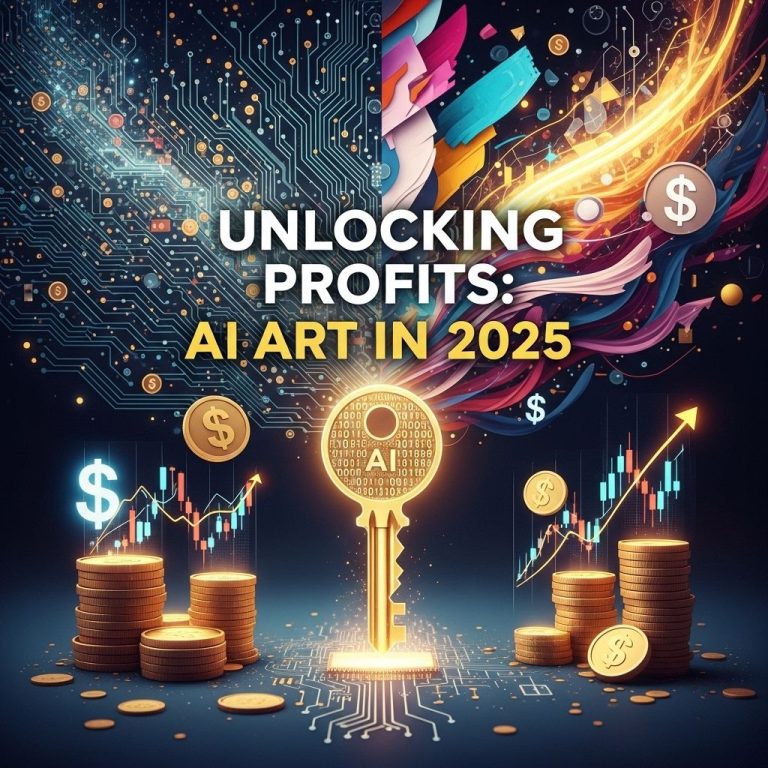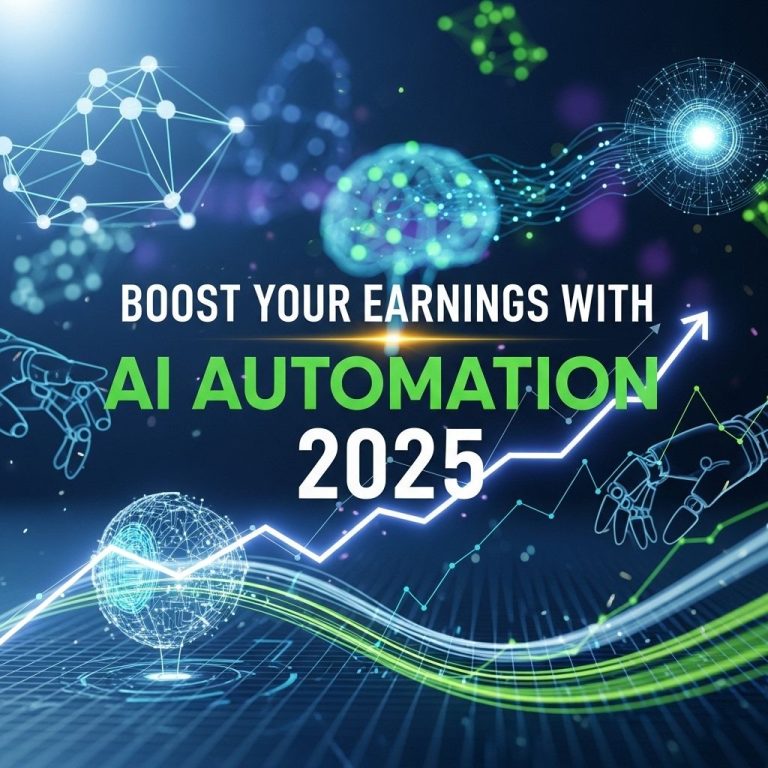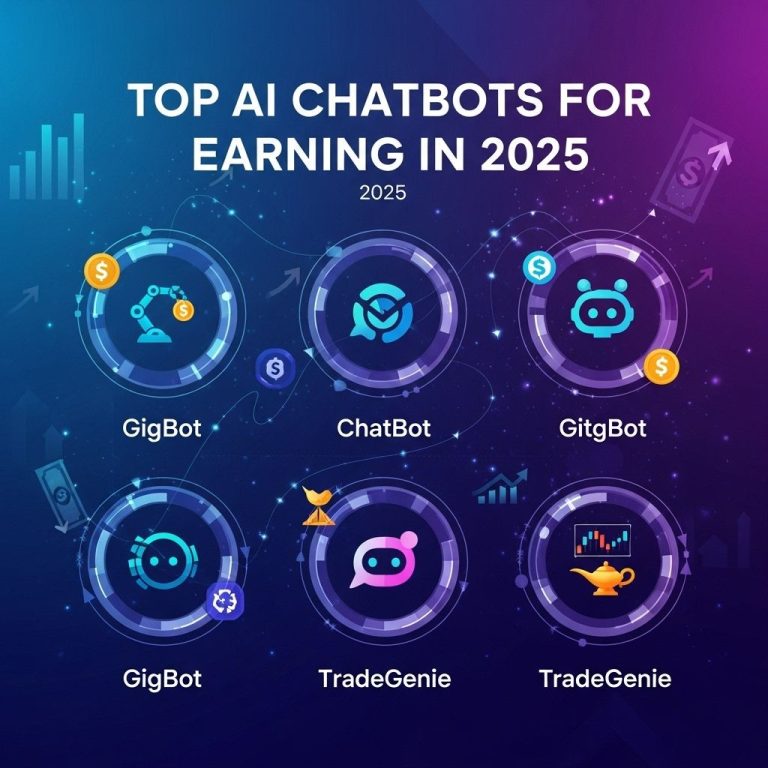As technology continues to evolve at a rapid pace, the demand for easy-to-use tools that empower users without extensive programming knowledge has surged. Low-code platforms have emerged as the go-to solution for organizations looking to harness the power of artificial intelligence (AI) while minimizing the complexities traditionally associated with software development. By 2025, these low-code AI tools are expected to revolutionize how businesses operate, providing them with enhanced automation, improved decision-making capabilities, and seamless integration with existing systems.
Understanding Low-Code AI Tools
Low-code AI tools enable users to develop applications with minimal coding effort, leveraging visual interfaces and pre-built templates. These platforms cater to a wide array of users, from business analysts to developers, allowing for rapid development cycles and quicker iterations. Here are some key characteristics of low-code AI tools:
- Visual Development: Drag-and-drop interfaces facilitate building applications without writing extensive code.
- Integration Capabilities: Seamless connections with various data sources and APIs enhance the functionality of applications.
- Scalability: Applications can be easily scaled as user demands grow.
- Collaboration: Encourages cross-functional teamwork by enabling non-technical users to contribute to the development process.
Benefits of Adopting Low-Code AI
Organizations are increasingly adopting low-code AI tools due to the myriad benefits they offer, including:
- Faster Time-to-Market: Rapid prototyping and deployment reduce the time needed to roll out new applications.
- Cost Efficiency: Lower development costs as fewer technical resources are required, allowing businesses to allocate budgets more efficiently.
- Enhanced Innovation: Empowering non-technical users fosters a culture of innovation and creativity.
- Better Data Utilization: Utilizing AI for data analytics helps organizations make informed decisions based on real-time insights.
Top Low-Code AI Tools for 2025
As we look ahead to 2025, several low-code AI tools are poised to lead the market. Below is a detailed overview of some of the most promising platforms.
| Tool Name | Key Features | Use Cases |
|---|---|---|
| OutSystems | Robust visual development, integration with AI services, enterprise-grade security | Enterprise applications, customer portals, internal systems |
| Mendix | Collaborative development, AI-driven development suggestions, multi-cloud deployment | Business process automation, IoT solutions |
| Appian | Business process management, low-code automation, AI integration for decision-making | Workflow automation, case management |
| Pega | No-code automation, actionable insights through AI, customer engagement | Customer service applications, operational efficiency |
| Microsoft Power Apps | Integration with Microsoft ecosystem, pre-built AI components, data connectors | Custom applications, data visualization |
1. OutSystems
OutSystems stands out as a leading low-code platform, offering powerful features that cater to enterprise needs. The platform’s capabilities include:
- User-friendly interface for rapid application development
- Support for DevOps practices for faster updates
- Ability to integrate with existing enterprise systems
2. Mendix
Mendix is designed for both business professionals and developers, providing a comprehensive environment for app development. Key features include:
- Collaboration tools that allow teams to work seamlessly
- AI-assisted development that helps identify optimal solutions
- Support for various deployment options, including cloud and on-premises
3. Appian
Appian brings together business process management and low-code development, making it ideal for organizations seeking to automate complex workflows. Its features include:
- Integration of AI functionalities to enhance decision-making processes
- No-code customization options for non-technical users
- A focus on process optimization and efficiency
4. Pega
Pega emphasizes automation and customer engagement through its low-code platform. Noteworthy features include:
- AI-driven insights to enhance customer interactions
- Tools for automating business processes
- Support for omni-channel customer engagement
5. Microsoft Power Apps
Microsoft Power Apps integrates seamlessly with Microsoft’s ecosystem, allowing businesses to create custom applications with ease. Key features include:
- A wide array of templates for rapid application development
- Built-in AI capabilities to analyze data and improve functionality
- Integration with popular Microsoft services like Azure and Office 365
Challenges and Considerations
Despite the numerous advantages of low-code AI tools, organizations must also navigate several challenges:
- Security Concerns: With the increased use of third-party components, ensuring application security is paramount.
- Skill Gaps: While low-code platforms reduce the need for extensive coding knowledge, a fundamental understanding of programming and application design is still beneficial.
- Vendor Lock-in: Relying on a single vendor can lead to challenges if businesses want to switch platforms in the future.
The Future of Low-Code AI Development
The low-code movement is positioned to grow exponentially in the coming years, particularly as AI technologies become more sophisticated. Key trends to watch include:
- Increased Automation: Enhanced automation capabilities will allow users to build more intelligent applications with minimal effort.
- Greater AI Integration: As AI technologies progress, low-code tools will likely incorporate advanced features such as natural language processing and machine learning algorithms.
- Focus on User Experience: A heightened emphasis on user interface and experience will lead to the development of more intuitive, user-friendly applications.
Conclusion
The landscape of low-code AI tools is rapidly evolving, with promising solutions set to reshape how businesses leverage technology. By adopting these platforms, organizations can achieve greater efficiency, foster innovation, and enhance their overall adaptability in an increasingly digital world. As we move into 2025, staying informed about the latest developments in low-code AI will be crucial for maintaining a competitive edge.
FAQ
What are the best low-code AI tools available in 2025?
Some of the top low-code AI tools in 2025 include Microsoft Power Apps, Google AppSheet, Mendix, OutSystems, and Pipedream, which enable users to build applications with minimal coding knowledge.
How can low-code AI tools benefit businesses in 2025?
Low-code AI tools streamline application development, reduce time-to-market, and empower non-technical users to create solutions, thus enhancing productivity and innovation within businesses.
Are low-code AI tools suitable for large enterprises?
Yes, many low-code AI tools are designed to scale and cater to large enterprises, offering robust features for collaboration, security, and integration with existing systems.
What should I consider when choosing a low-code AI tool?
When selecting a low-code AI tool, consider factors such as ease of use, scalability, integration capabilities, available templates, and the level of support provided.
Can low-code AI tools integrate with existing software?
Most low-code AI tools offer integration capabilities with various third-party applications and services, making it easier to connect with existing software and data sources.
Is coding knowledge required to use low-code AI tools?
No, low-code AI tools are designed for users with minimal to no coding experience, allowing them to create applications through visual interfaces and pre-built components.




